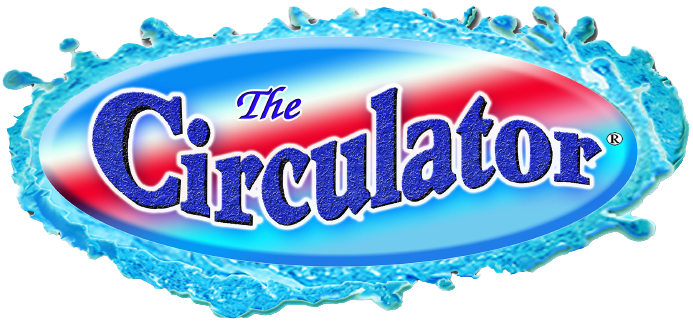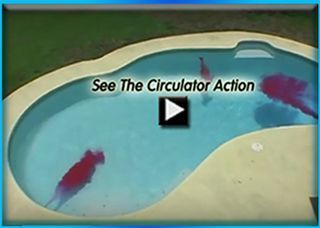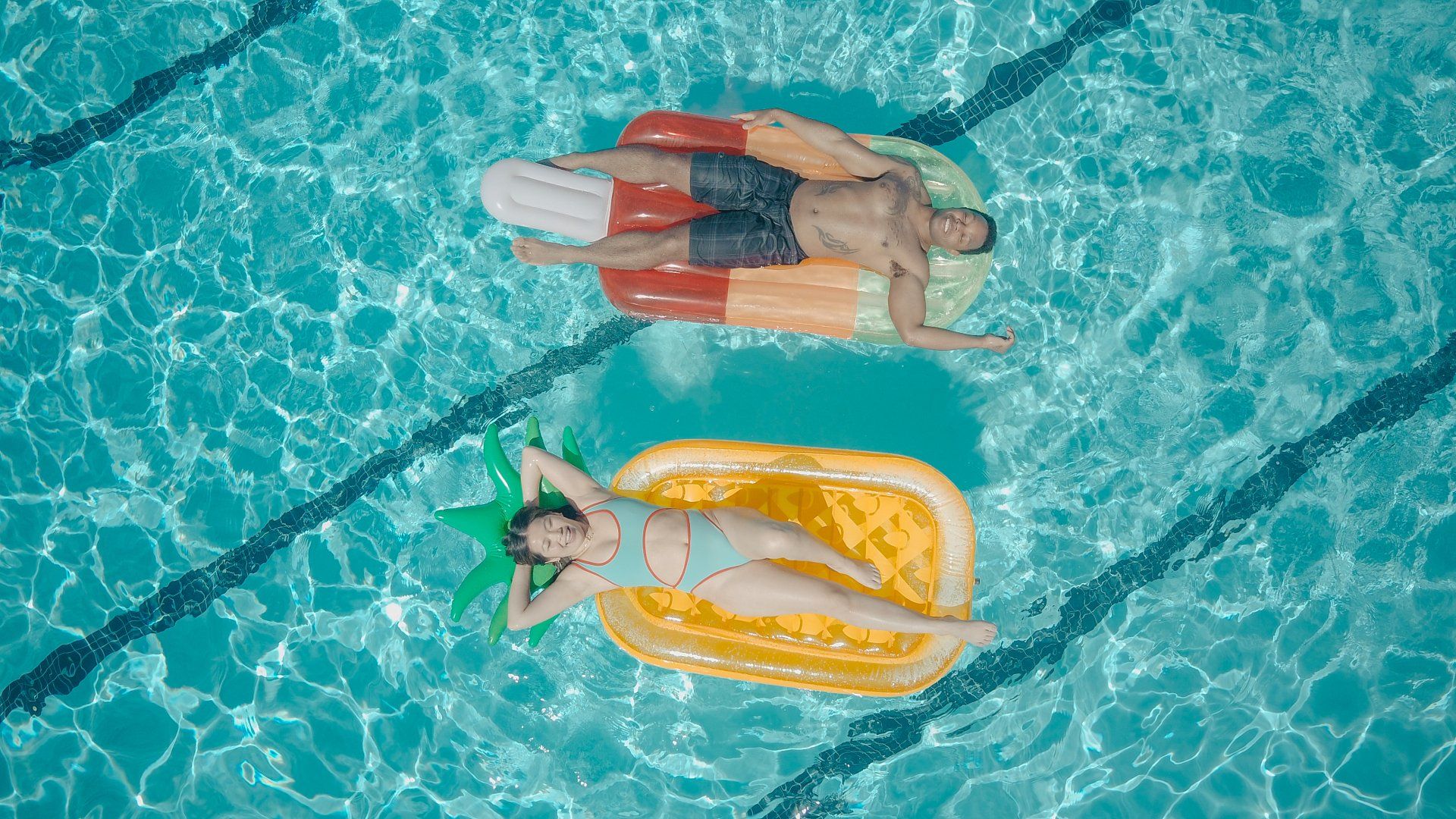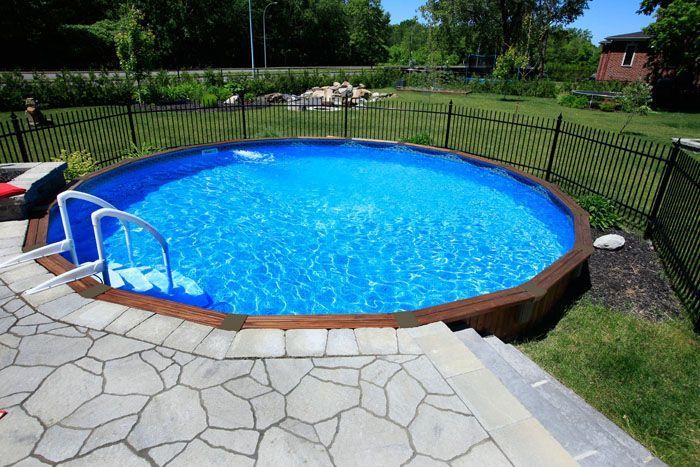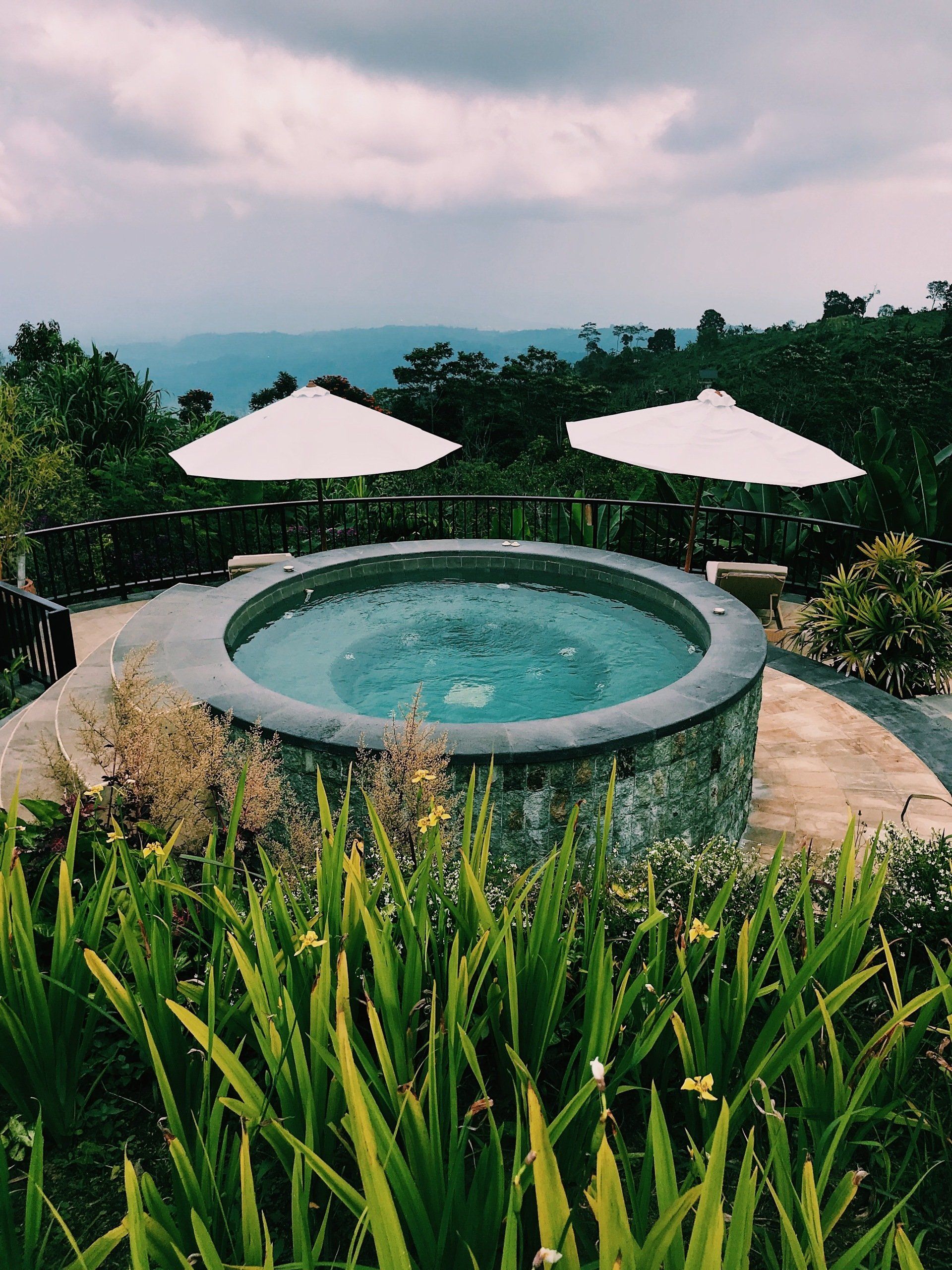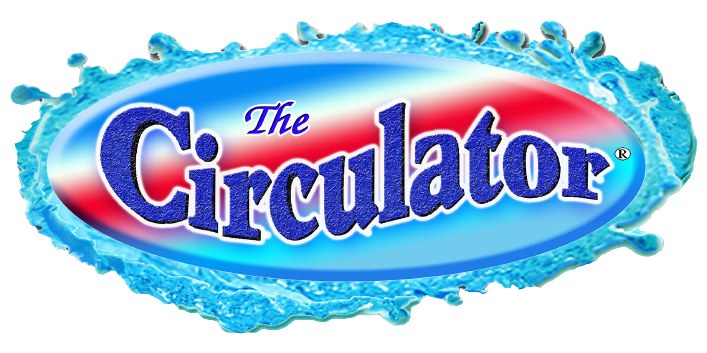How to Get Rid of Algae in Pool
Get rid of algae in pool fast and easy

How to get rid of algae in pool.
It can be very frustrating to discover algae blooming in your swimming pool. Many new pool owners are unaware of how quickly it can grow. Algae is not very pleasant to the eye, and nobody wants to swim in green water. Algae can be stopped from developing in a variety of methods, and it can also be treated if it has already begun to grow.
Let’s talk about the different kinds of algae and how algae grow in your swimming pool. If you have already determined what type of algae you have in your pool, then you can skip to the instructions to cleaning up the algae.
Algae is always present in water, but because it is a microscopic organism, you can only see it when it "blooms." The process by which algae spread, feed, and multiply is known as blooming.
Algae blooms can be caused by poor filtration or incorrect chemical levels, both of which contribute to poor sanitation. One of the main culprits of growing algae is lack of proper circulation. Circulation is extremely important to get all your chemicals working efficiently in all areas of your swimming pool. Under rails, in corners, and other sheltered areas where treated water may not circulate adequately are prime locations for algae growth.
Algae will consume nearly anything to grow, including perspiration, oils, dead skin cells, and fertilizer for gardens. There are a few different types of algae and each on needs to be treated a little differently.
Green, black, and yellow algae are similar, but they each have a different treatment to rid you pool of algae in general.
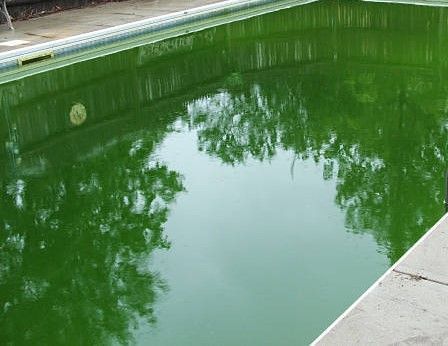
Green Algae
The most prevalent and simplest to treat is green algae. It may develop on the pool walls, or it may float freely throughout the pool. When there is an adequate amount of free-floating algae in the water, green pools develop. The earlier you act, and the sooner you take preventive measures, the lower chance of algae invasion throughout the pool. It is frequently brought on by poor sanitation along with poor circulation, although it can be eliminated with a chlorine chemical shock. I advise using double the usual amount of chemical shock to rid your pool of green algae. Brushing the walls prior to shock helps to scrub off the tops of this plant so the chemicals can work more efficiently.
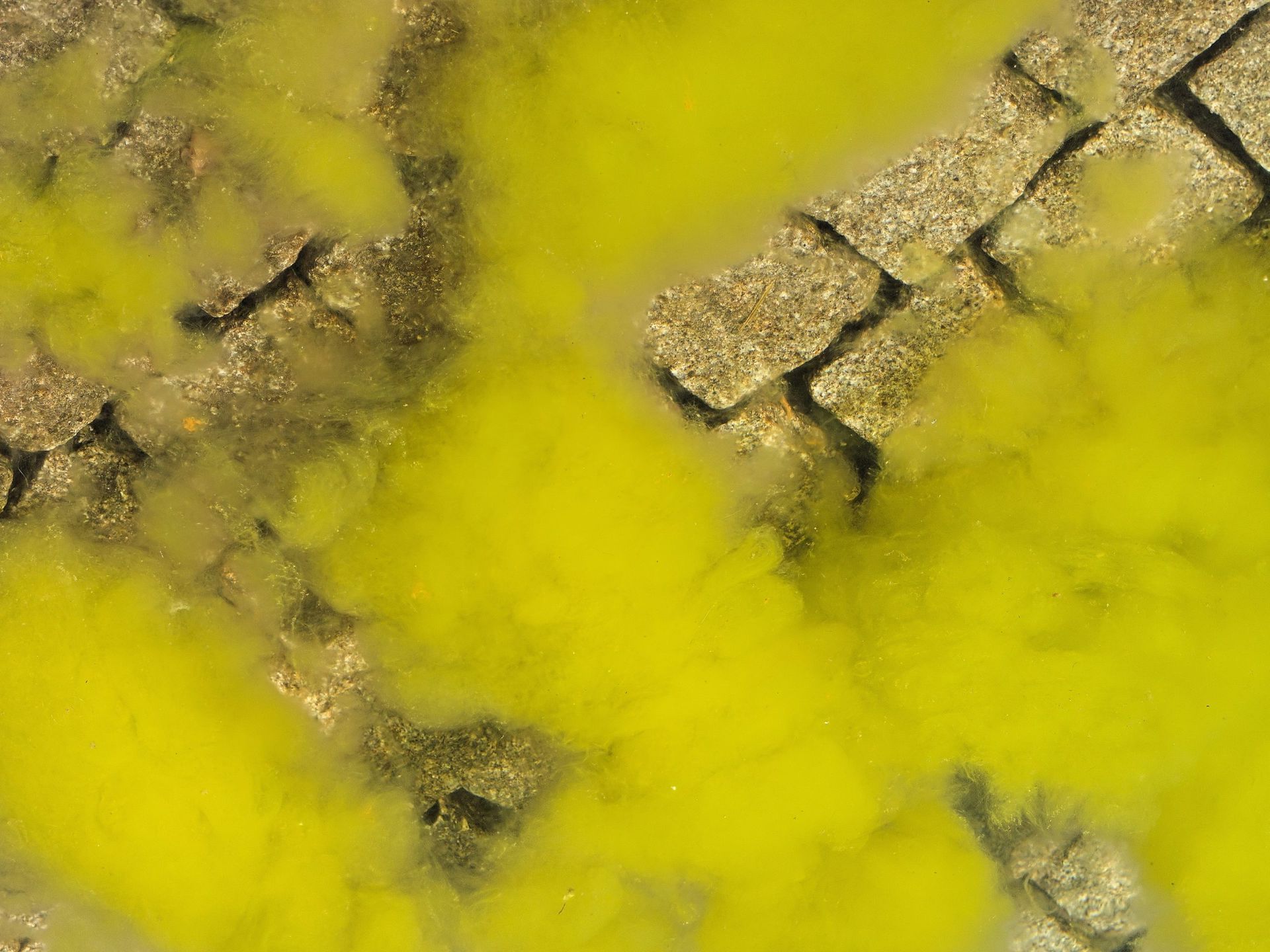
Yellow Algae
Yellow algae, which is also called mustard algae or brown algae, will appear in areas will very little circulation. Pool owners often mistake yellow algae for pollen or sand. Yellow algae is much more challenging to remove than green algae. It will attach to the walls and floor of the pool. To remove yellow algae, you must first brush the walls and floor of you pool very assertively. You need to run your pump continuously and shock your pool with three times the amount of chlorine you would use for a typical shock treatment. An item that will give your pool extreme circulation and help to rid your pool of algae and keep algae away is called “The Circulator”.
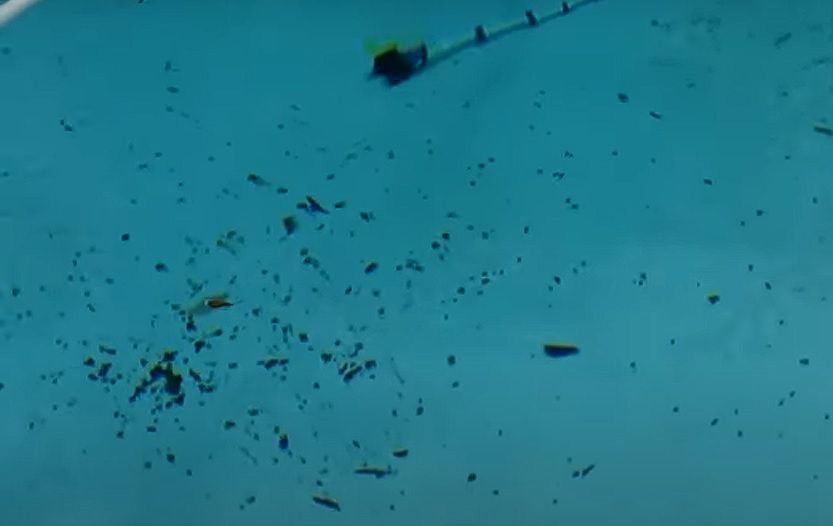
Black Algae
Black Algae appears as small, black dots or blotches on your pool’s walls, floors, and surfaces. These spots are pin head to quarter sized. Black algae are extremely difficult to remove since it has a hard outer shell that protects the cells inside. Their roots dig deep into plaster and concrete surfaces, making them the most difficult algae to remove. Vigorously brush the walls and floor of the pool with a very stiff brush. Black algae especially are very resistant to shocking and algaecide, so you must brush the algae before treating the pool. Make sure you clean your filter.
Shock your pool with four times the amount of chlorine you would use for a typical shock treatment.
Keep brushing your pool – 3 to 4 times a day until you see the black algae is gone. When you see no more black algae in your pool, clean your filter again to get rid of any residue from the black algae.
Keep your chemicals well balanced and rid your pool of algae and keep algae away with the extreme circulation of “The Circulator”.
Learn More - click on See the Circulator in Action below.
